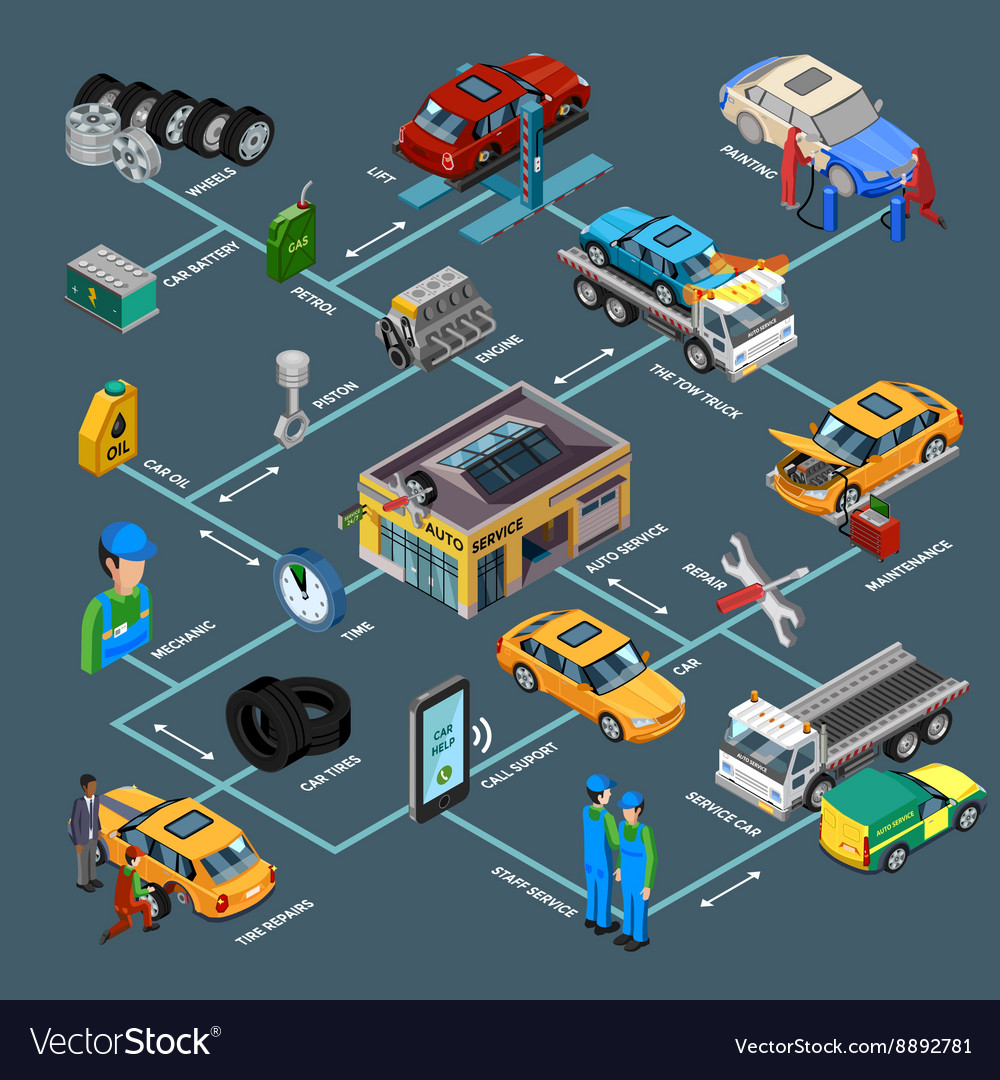Wondering About The Meaning Behind Those Control Panel Warning Lights? Gain Insights Right Into Their Implications For Your Automobile'S Security And Maintenance
Wondering About The Meaning Behind Those Control Panel Warning Lights? Gain Insights Right Into Their Implications For Your Automobile'S Security And Maintenance
Blog Article
Content Created By-Vinson Torres
When you're behind the wheel, those beautiful warning lights on your control panel can be a bit difficult. Do Read Significantly more understand what they're trying to inform you about your automobile's wellness? Understanding the significance of these lights is crucial for your safety and the durability of your automobile. So, the next time one of those lights turns up, wouldn't you intend to decipher its message accurately and take the required steps to resolve it?
Common Warning Lighting and Interpretations
Recognize typical caution lights in your cars and truck and recognize their meanings to make sure risk-free driving.
One of the most normal caution lights include the check engine light, which indicates problems with the engine or exhausts system. If this light comes on, it's essential to have your automobile examined immediately.
The oil stress warning light suggests reduced oil pressure, requiring prompt focus to stop engine damage.
https://www.consumerreports.org/used-cars/how-to-buy-a-used-car/ flashing battery light could recommend a damaged charging system, potentially leaving you stranded if not dealt with.
The tire pressure monitoring system (TPMS) light alerts you to low tire pressure, influencing vehicle stability and gas effectiveness. Ignoring this could bring about harmful driving problems.
The abdominal muscle light shows a problem with the anti-lock braking system, jeopardizing your capability to stop swiftly in emergencies.
Finally, the coolant temperature warning light warns of engine getting too hot, which can result in severe damages otherwise resolved quickly.
Understanding these common warning lights will certainly aid you resolve problems without delay and keep risk-free driving conditions.
Relevance of Prompt Interest
Recognizing the typical warning lights in your auto is just the very first step; the significance of promptly resolving these warnings can not be highlighted sufficient to ensure your security when traveling.
When visit the up coming internet site brightens on your dashboard, it's your cars and truck's means of interacting a potential concern that requires focus. Neglecting these warnings can result in more severe problems in the future, compromising your security and possibly costing you a lot more in repairs.
Prompt focus to cautioning lights can prevent failures and crashes. For instance, a flashing check engine light could indicate a misfire that, if left unattended, could trigger damages to the catalytic converter. Resolving this promptly can save you from a costly repair service.
In a similar way, a brake system advising light may signal low brake liquid or used brake pads, crucial elements for your security when driving.
DIY Troubleshooting Tips
If you observe a warning light on your control panel, there are a couple of do it yourself troubleshooting pointers you can try before seeking specialist assistance.
The very first step is to consult your vehicle's manual to recognize what the details caution light suggests. Sometimes the concern can be as simple as a loose gas cap triggering the check engine light. Tightening the gas cap may settle the problem.
Another common problem is a reduced battery, which can trigger different cautioning lights. Examining the battery connections for rust and ensuring they're protected could fix the problem.
If a caution light continues, you can attempt resetting it by disconnecting the auto's battery for a few mins and then reconnecting it. Additionally, inspecting your car's liquid degrees, such as oil, coolant, and brake liquid, can help repair alerting lights associated with these systems.
Conclusion
In conclusion, recognizing your cars and truck's warning lights is necessary for keeping your automobile running smoothly and securely. By immediately addressing these notifies and understanding what they suggest, you can prevent pricey fixings and prospective malfunctions.
Keep in mind to consult your cars and truck's manual for certain details on each alerting light and do something about it accordingly to make certain a trouble-free driving experience.
Remain notified, remain click to read when driving!
